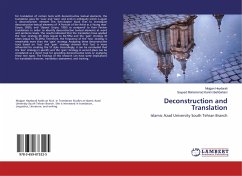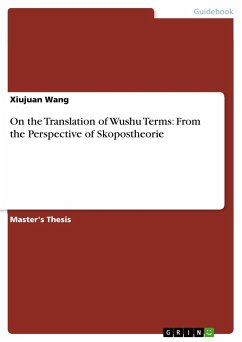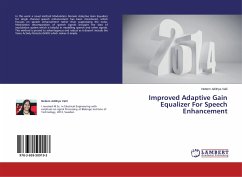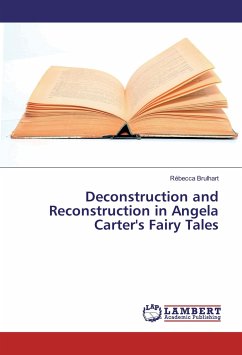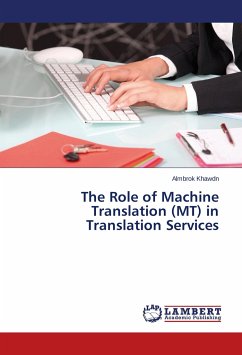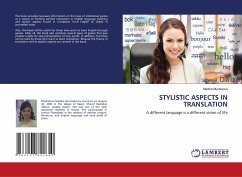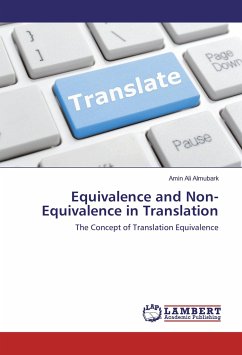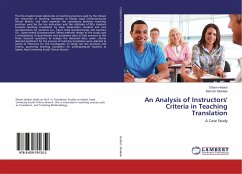For translation of certain texts with deconstructive textual elements, the translation goes for 'Loss' and 'Gain' and ends in ambiguity which is again a deconstructive element. This five-chapter book tries to investigate deconstructive textual elements of 'A Portrait of the Artist as a Young man' (Joyce, 2005), and 'Ulysses' (Joyce, 1992) as compared to their Persian translations in order to identify deconstructive textual elements at word and sentence levels. The results indicated that the translators have applied the 'loss' strategy 66 times (equal to 64.70%) and the 'gain' strategy 35 times (equal to 35.26%). Therefore, the frequency of the 'loss' strategy is remarkably more than the 'gain' strategy. Analyzing these deconstructive texts based on 'loss' and 'gain' strategy showed that 'loss' is more influential for creating the ST style. Accordingly, it can be concluded that the 'loss' strategy in specific and the 'gain' strategy in second place can be considered as a direct tool for providing deconstructive texts or analyzing these text types. The findings of this research can have some implications for translation theories, translation assessment, and training.
Bitte wählen Sie Ihr Anliegen aus.
Rechnungen
Retourenschein anfordern
Bestellstatus
Storno

